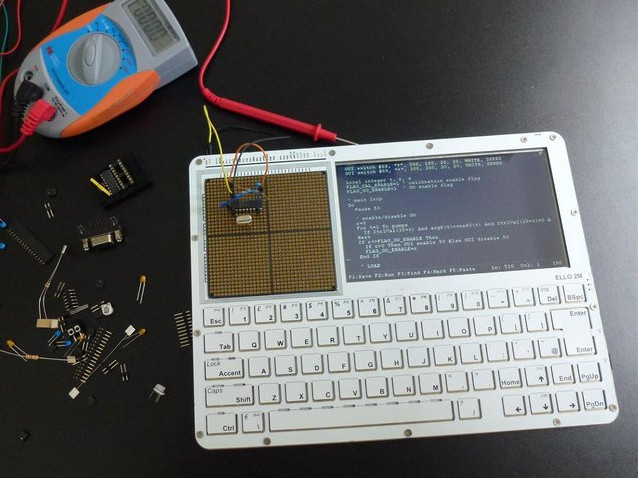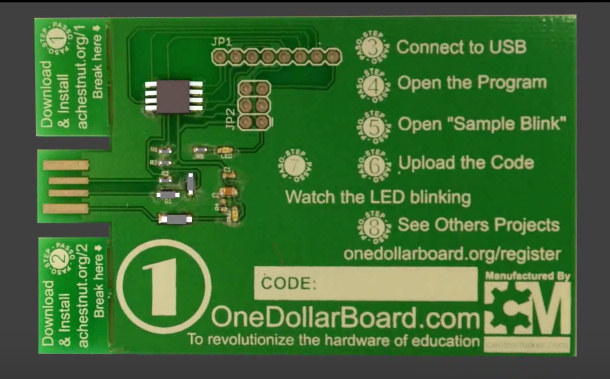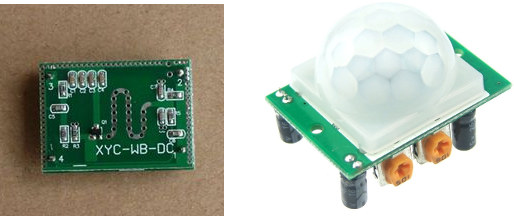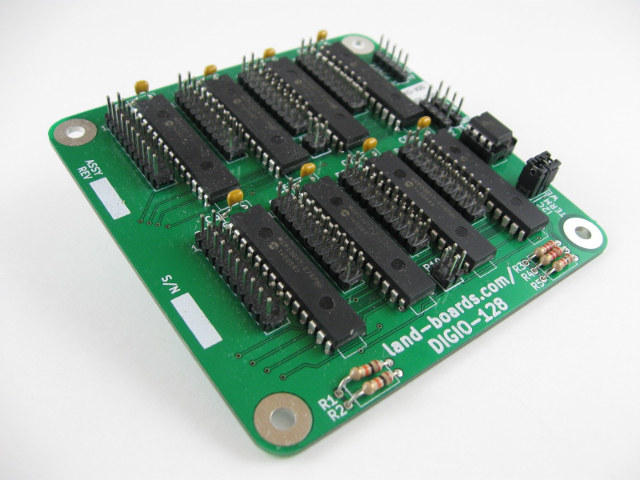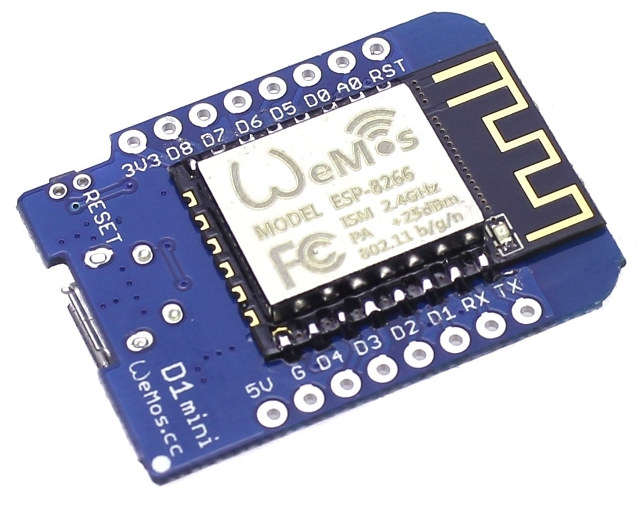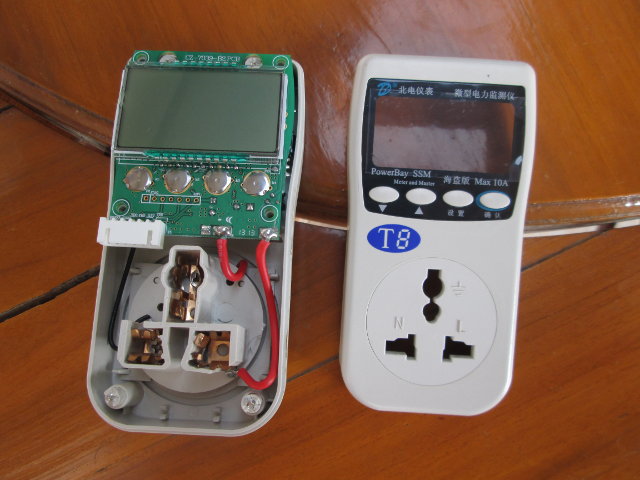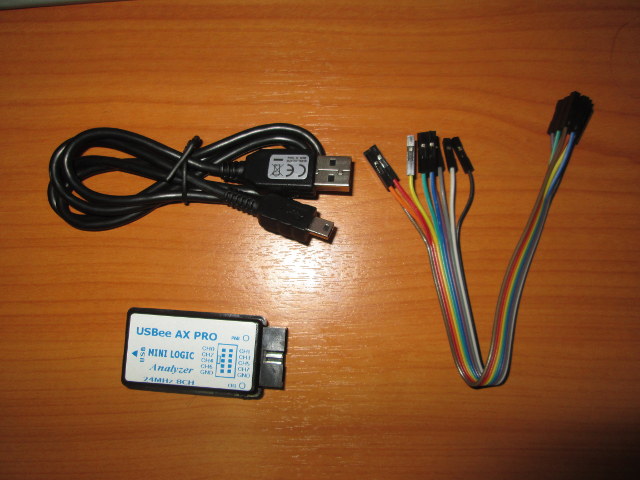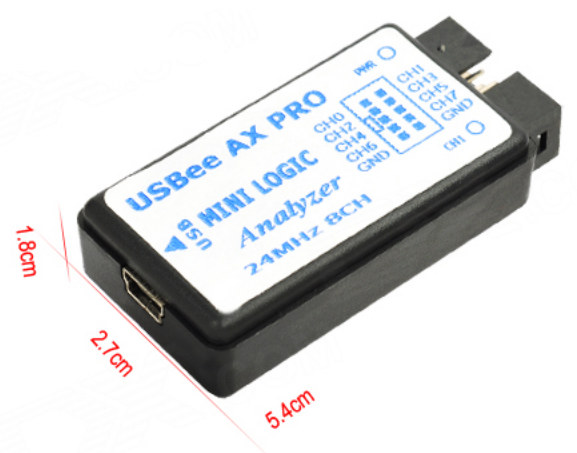The traditional way to play with electronics is to get a board (e.g. Arduino), a breadboard to wire components & sensors to the board, and a computer for programming. ELLO 2M combines all that into a single piece of hardware with a 7″ touchscreen display, a Microchip PIC32 micro-controller board, a solderless prototyping area made of PGA sockets, and a keyboard. ELLO 2M hardware specifications: MCU – Microchip PIC32MX470 32-bit micro-controller @ 120 MHz with 128kB RAM (512kB RAM in the ELLO 2M “hacker” versions) Extra System Memory – Optional on-board serial non-volatile data RAM Storage – 3x micro-SD cards (one permanently built-in and two for removable storage); internal serial FRAM Display – 7″ LCD touch-screen panel with 800×480 pixel resolution Audio – Small speaker and buzzer Keyboard – Replaceable QWERTY keyboard Connectivity – 2.4GHz RF communication module with simple communication protocol Expansion – Expansion receptacle, electronic prototyping space with […]
The “One Dollar Board” Project Aims to Teach Electronics in Developing Countries (Crowdfunding)
I’ve already tried a one dollar board based on STM8s in the past, but it required a separate STLink debugger, installing a toolchain, and a few other steps. The “One Dollar Board” project, born in Brazil, has different objectives, as it aims to provide an easy way for pupils around the world to getting started with electronics, by simply connecting it to the USB port of a computer or board capable of running the Arduino IDE, and following the instructions printed on the board. One Dollar Board specifications: MCU – 8-bit MCU (likely Atmel AVR) with 8 KB flash 6x GPIO (input and output ports) USB – 1x USB port for power and programming Misc – 2x LEDs, reset button Expansion – Spaces for Wifi ESP8266, Atmel 24C256 serial EEPROM (256 KB), and L293 Driver motor (unclear where though) Power Supply – 5V via USB Dimensions – Compatible with Arduino […]
Tiny Microwave Radar Module Detects Movements Up to 9 Meters Away for $2
PIR sensors are used to detect motion for example to turn on or off a light bulb when motion is detection. One such sensor is HC-SR501 motion detector, which costs around $1, and is tiny (32 x 24 mm), but not quite thin due to the design that needs to capture infrared light, with an height of around 2 centimeters. If you’d like something almost as cheap, just as small, but much thinner, microwave radar modules could be a good alternative. XYC-WB-DC is one of those modules with the following specs: Operating Frequency – 5.8 GHz Detection angle – 360° Detection range – 6-9 meters Working Voltage – 3.3-20VDC; Standby current – <3mA; Transmit power – <2mW; Dimensions – 32 x 23 mm Operating temperature range – -20 ~ +80 Centigrade; Potential advantages over PIR sensors include wider detection angle, and lower power consumption, HC-SR501 datasheet reports respectively 120 degrees […]
DIGIO-128 Board Adds 128 GPIOs to Your Development Board
If you run out of GPIOs on your board, the easy way is to add an I2C GPIO expander, but those are normally limited to 8 or 16-channels, so Land Boards decided to create a board with 8 IO expanders making it a 128 channel IO expander that works on Raspberry Pi, BeagleBone Black, Arduino, and basically any boards with an I2C hardware or software implementation. DIGIO-128 board specifications: 8x Microchip MCP23017 16-bit I/O expander for up to 128 GPIOs Communication Interface – I2C host interface with 100/400 KHZ operation; 4-pin host interface connector (Ground, Power, Clock, Data) 8x 20-pin 2.54mm pitch connectors with 16 I/Os, 2x VCC, and 2 ground 2x 4-pin interrupt connectors Data Storage – Microchip 24LC024 2K EEPROM with board info. 3.3V or 5V operation Dimensions – 95 x 95 mm You can find out to use the board in the Wiki for code for Raspberry […]
$4 Wemos D1 mini ESP8266 Board Supports Shields with a Temperature Sensor, a Button, a Relay, or a micro SD slot
Wemos D1 board, a $9 ESP8266 board in Arduino UNO form factor, now has a little brother with Wemos D1 mini. The board looks somewhat similar to NodeMCU with breadboard friendly I/Os on the sides and a micro USB port for power and programming, but what could make it more interesting, beside the $4 price tag, is that the company also developed several shields (aka add-on boards). Wemos D1 mini specifications: WiFi 802.11 b/g/n module based on ESP8266EX with 4MB flash Expansion – Through holes with 11x digital input/output pins (3.3V) supporting interrupt/PWM/I2C/one-wire (except D0) 1x analog input (3.3V max input) Reset and power signals (5V, 3.3V, GND) USB – micro USB port Misc – Reset button Power – 5V via micro USB or 5V pin Dimensions – 34.2 x 25.6 mm Weight – 10 grams The board is said to be compatible with Arduino IDE and NodeMCU firmware. ESP8266 […]
ATT7039AU Micro-controller Features an Energy Meter Unit for Power Meters
About two years ago, I purchased Northwest T8 power meter, and it worked fine for about three months, but one day the top plastic broke as as unplugged it, rubber bands prolonged its life for a few more weeks, but eventually the display stopped working, and keep it in my drawer for long while, until today, when I decided to have a closer look at how it was done. The PCB is called CZ-7039-B2, and the top includes the display, 4 user buttons, as well as JTAG through holes (P2) and 2.54mm header (P1) with TDO, TMS, GND and 3.3V signals, as well as a pin called P1600, but I still haven’t found out what it might be for. I’ve also taken the board out completely, to find out everything is basically handled by a single 48-pin chip called ATT7039AU. After a Google search, I quickly found out the chip […]
Using USB123 USBee AX Pro $5 USB Logic Analyzer with PulseView in Linux
I recently wrote about an ultra low cost USB logic analyzer called USB123 USBee AX Pro, which I bought for $9.58 on DX, but I was later informed it also goes for $5.44 on Aliexpress including free shipping to most countries, and a few dollars extra for shipping to some other countries. Nevertheless, I’ve now received it, and instead of testing it with a closed source (and cracked) Windows software, I installed and ran PulseView open source graphical interface for sigrok, which I previously tested on UNI-T UT61E digital multimeter. The package includes USBee AX PRO mini logic analyzer, 10 dupont wires for 8 channels (digital only) and 2 ground pins, as well as a mini USB to USB cable for connection to a computer. The instructions to use the logic analyzer can be found on Sigrok Wiki. My computer runs Ubuntu 14.04, but Sigrok and PulseView can also be […]
USB123 USBee AX PRO is a $10 USB Logic Analyzer Clone Compatible with Sigrok
A few months ago, I wrote about low cost logic analyzers selling for $75 and up, but yesterday, I stumbled upon an even cheaper, and admittedly lower end, logic analyzer called USB123 USBee AX PRO, allegedly a clone of the original USBee AX PRO minus the analog inputs, that sells for $9.99 on Dealextreme. [Update: It can also be bought for $5.60 on Aliexpress including shipping to most countries] USBee AX PRO specifications: Sampling rate – 24Msps Sample rate – 24MHz @ 8 channels Input voltage range: 0~5V Digital channel: 8 Low input voltage: < 0.8V; High input voltage: >1.4V Supported Protocols – SPI, IIC, UART, SMBus, I2S, CAN, Parallel, Custom, Search, Async, 1-Wite, PS/2 Dimensions – 5.4 cm x 2.7 cm x 1.8 cm Weight – 60 grams The tool ships with 10 Dupont cables and a USB cable to transfer data to your PC. DealExtreme also provides CDROM […]


